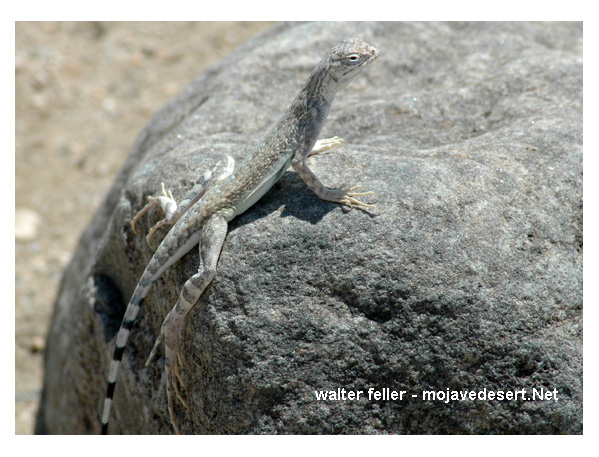Introduction:
The Zebra-tailed Lizard, scientifically known as Callisaurus draconoides, is a fascinating reptile found in the arid regions of the southwestern United States and northern Mexico. This lizard’s distinctive zebra-like pattern on its tail has captured researchers’ and nature enthusiasts’ attention. We will look into the intriguing world of the Zebra-tailed Lizard, exploring its physical characteristics, unique adaptations, and remarkable behavior.
Physical Characteristics:
The Zebra-tailed Lizard is a medium-sized reptile, measuring 5 to 7 inches long. It has a slender body, a pointed snout, and large eyes, which provide it with exceptional vision. This lizard’s most striking feature is its long, black and white banded tail, resembling the stripes of a zebra, hence its name. The purpose of this unique tail pattern will be discussed in more detail later in this post.
Habitat and Distribution:
Zebra-tailed Lizards inhabit the arid and semi-arid regions of the southwestern United States, including parts of California, Nevada, Arizona, Utah, and New Mexico. They are also found in northern Mexico. These lizards are well-adapted to desert environments and can be spotted in sandy areas, rocky slopes, and desert grasslands. Their coloration helps them blend into their surroundings, providing them with effective camouflage against potential predators.
Adaptations for Survival:
The Zebra-tailed Lizard possesses several remarkable adaptations that contribute to its survival in the harsh desert environment. One of its most impressive features is its ability to move quickly on its hind legs, allowing it to reach speeds of up to 18 miles per hour. This remarkable agility helps the lizard escape from predators and catch its prey, which mainly consists of insects and spiders.
Another notable adaptation of the Zebra-tailed Lizard is its ability to regulate its body temperature. Like many reptiles, these lizards are ectothermic, meaning they rely on external heat sources to warm their bodies. To avoid overheating in the scorching desert sun, they often bask in the early morning and late afternoon when the temperature is more moderate. Additionally, their light-colored skin reflects sunlight, reducing the amount of heat absorbed.
Behavior and Reproduction:
Zebra-tailed Lizards are diurnal creatures, meaning they are active during the day. They are known for their territorial behavior, with males defending their territories from other males during the breeding season. To attract females, the males perform a series of elaborate courtship displays, including head-bobbing and push-ups. Once mating occurs, the females lay their eggs in sandy soil, where they incubate for several weeks before hatching.
Conclusion:
The Zebra-tailed Lizard is a remarkable creature, perfectly adapted to survive in desert environments. Its unique physical attributes, such as its zebra-like tail and impressive speed, make it a fascinating subject of study for scientists and nature enthusiasts. As we continue to explore and appreciate the diverse species that inhabit our planet, it is vital to protect and conserve the habitats that sustain these remarkable creatures. This includes the zebra-tailed lizards.
